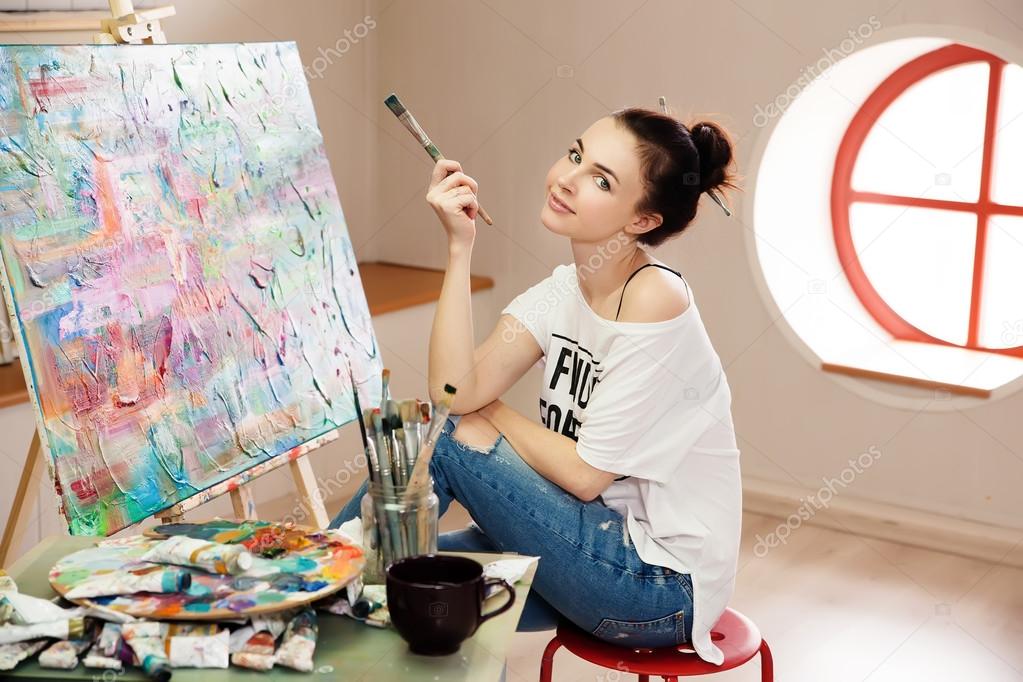Famous Photo-Based Painting Artists Transform Photography
The art world has always thrived on evolution and innovation, with photo-based painting standing as one of the most fascinating intersections between photography and traditional painting. This article delves into the realm of famous photo-based painting artists who have revolutionized this art form, blending the concrete reality of photographs with the emotive and expressive nature of painting. Especially for professional photographers, understanding this blend can open new avenues of artistic exploration and creativity.
In the early 20th century, the advent of photography disrupted the existing art paradigms, invoking a new artistic dialogue. Painters who initially viewed photographs as mere documentation began embracing its potential to challenge and expand their craft. Photo painting process came to be a vehicle of innovation and a source of inspiration for artists around the world, driving them to reinterpret the boundaries between photography and painting.

The Artistic Pioneers of Photo-Based Painting
Gerhard Richter: The Master of Photo Realism
One of the most renowned artists in this genre is Gerhard Richter, a German visual artist recognized for his contributions to contemporary art. Richter's work emphasizes blurred distinctions, combining photographic elements with oil painting, creating pieces that manifest as both photo-realistic and abstract. His painting technique often involves meticulously reproducing photographic imagery then softening it with various tools to create a sense of motion or memory distortion.
Cindy Sherman: The Narrative Innovator
Cindy Sherman, a photographer herself, launched into this realm through her insatiable interest in identity and representation. Her works often reflect ambiguous narratives and are abundant with disguised personasgritty evidence that photo-based artists aren't just translating photos into paintings, but creating layered stories. Sherman's self-portraits use elaborate costume, makeup, and props, blurring the lines between document and illusion. Difference between painting and photo-based art.
Modern Trailblazers and Techniques
Ttyl: Blurring Reality
Contemporary artist Ttyl has reinvented how we perceive traditional art forms through his signature style which incorporates digital techniques. His works reveal a futuristic perspective where technology offers novel canvasses. Leveraging digital photography, Ttyl paints over printed images digitally, merging virtual techniques with analog perceptions to challenge our understanding of reality.
Chuck Close: Pixelated Perception
Chuck Close, an American artist renowned for his large-scale portraits, utilizes a painstaking photorealistic method which includes using grids and various shades of color to transform photographs into paintings. His technique involves breaking down images into pixel-like micro-elements, only to be reorganized into a coherent narrative when viewed from a distance. His approach significantly alters how we contemplate the intersection of photo-based painting.
Impact on Professional Photographers
Understanding these transformative techniques opens vast possibilities for professional photographers. Learning from these masters, photographers can learn to reinterpret their own works, thus fostering a more dynamic and hybrid approach in digital realms. With advances in technology, the blend of photography and digital painting techniques provides immense potential for creation without restriction. It's about adopting a new mindset where photography serves as the canvas for something much bigger and deeper. To explore more, check creating art from photos.

Integrating Photo-Based Techniques
For photographers willing to infuse painting into their practice, some key techniques from these artists can be remarkably beneficial:
- Play with Perception: Use digital tools to blur lines and blend styles, striving to push beyond typical photographic representations.
- Incorporate Narrative: Introduce storytelling elements into photographic work by borrowing thematic approaches from famous artists like Cindy Sherman.
- Experiment with Medium: Elevate a simple photograph by mixing media and incorporating unexpected textures and effects. See how to turn photos into art.
FAQ Section
Q1. What is the difference between photo-based painting and traditional painting?
Photo-based painting involves integrating photographic data into painted works, often resulting in a blend of realism and abstraction, while traditional painting primarily focuses on techniques without photographic input. For more insight visit more on differences.
Q2. How can professional photographers benefit from studying these artists?
By studying these artists, photographers can learn to extend their creative boundaries, employing painting techniques to enhance their digital works, thus creating a new hybrid art form.
Q3. Which artists should a beginner explore for inspiration in photo-based painting?
Begin with Gerhard Richter for understanding photo realism, Cindy Sherman for narrative depth, and Chuck Close for innovative technique application.
For more detailed exploration check painting from a picture guide.

